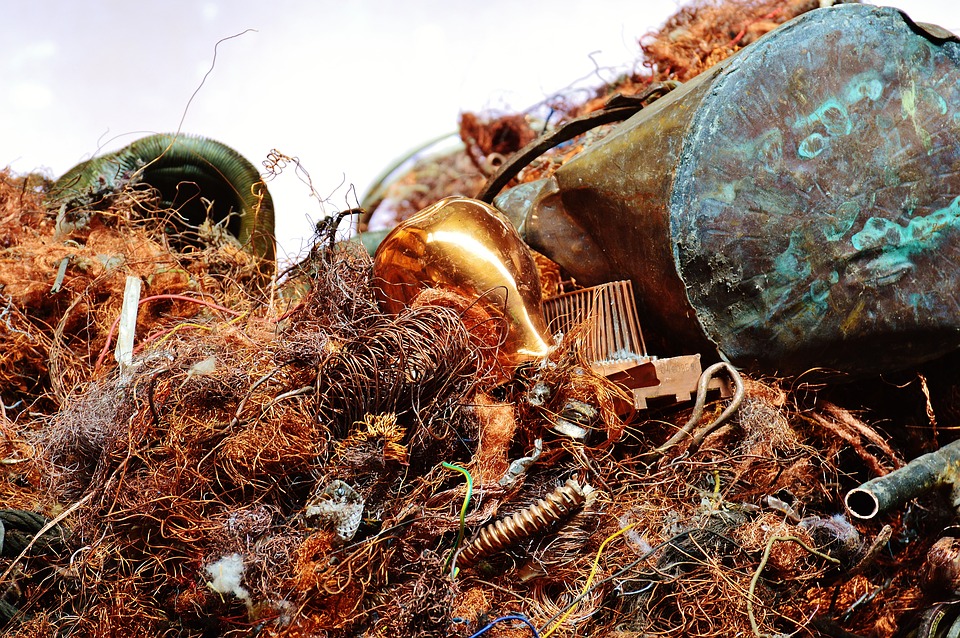The scene played again and again on television: toxins from copper and other ores slowly making their way west after a massive spill from a Colorado mine into rivers in the late summer of 2015. Processes for extracting the metal from the copper ore can release contaminants into the environment through seepage, air pollution and, in the worst cases, tailing pond failures. While the spill itself was unusual, what it carried is fairly common.
At the same time, researchers at The University of Arizona’s (UA) College of Engineering were working on a solution that could have prevented copper from being part of the threat.
For Arizona, that’s a valuable solution. While the cyclical copper market has pushed the prices down lately, the metal’s traditional use for heat, transportation and construction still makes it valuable for the long term. Plus, it’s critical in new technologies such as hybrid vehicles and the price is expected to rebound, making it a component of the state’s economy for decades to come.
UA researchers have found a method using high-temperature molten salts to extract the metal from raw copper ore without releasing any toxins. Meanwhile, in a partnership with a colleague at the Department of Aerospace and Mechanical Engineering, the team created new methods for using the same molten salts to recover and store the vast amounts of heat energy created in metal refining and smelting production. These methods could lead to innovations in mining and energy storage.
Professor Dominic Gervasio and Principal Research Specialist Hassan Elsentriecy from the Department of Chemical and Environmental Engineering worked on the extraction method at the UA College of Engineering. Their collaborator at the Department of Aerospace and Mechanical Engineering was Peiwen “Perry” Li. To bring the technologies to market, they founded a company, MetOxs Electrochemical, with some funding from serial entrepreneur and co-inventor Abraham Jalbout and assistance from Tech Launch Arizona.
Current methods for collecting copper from ore involve chemical processes that produce waste mine tailings and huge wastewater collections. The result is high levels of toxins such as arsenic, cadmium and sulfuric acid that can accumulate.
The new method of metal refining developed by Gervasio, Elsentriecy and Li works by heating the ore using molten salts to temperatures at more 1,500 degrees Fahrenheit, allowing the copper to be separated from the ore for easier collection. Bob Sleeper, Tech Launch Arizona licensing manager for the UA College of Engineering, says, “What makes this truly unique is use of a very specific salt formula that has the ability to strip the copper from the ore without the use of water and dangerous chemicals.”
In addition, the technique is transferrable to any mineral extraction process, which, according to Jalbout, “makes it a game-changer in terms of its robust nature and wide opportunity for implementation and impact.”
A bonus is the technology also allows surplus heat be collected and used to power steam turbines and generators.
Jalbout, who also serves as CEO of MetOxs, is in contact with multiple companies to discuss taking the process to a larger scale. "Our technology represents a change of monumental importance for the viability and sustainability of the mining sector,” he says.
Photo creddit: Pixabay




